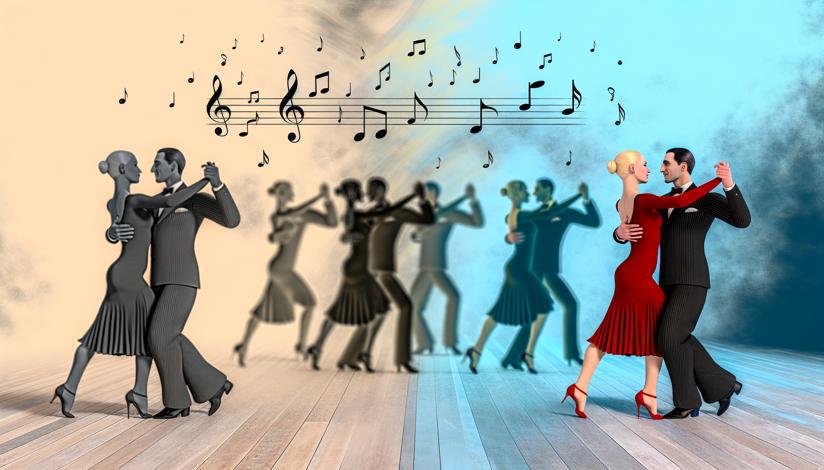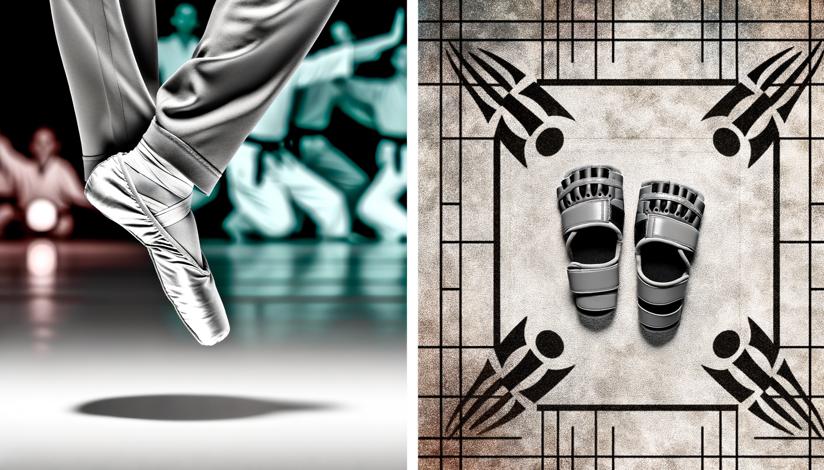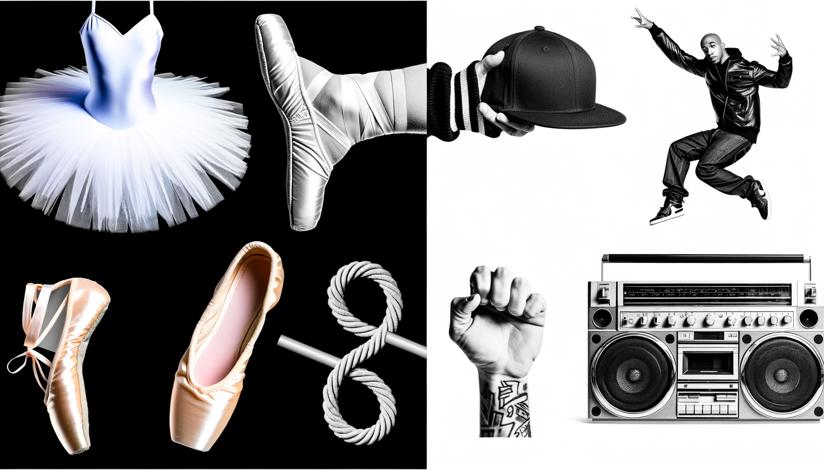

Swing Dance, also known as Lindy Hop, originated in the 1920s and 1930s in African American communities in Harlem, New York. It is characterized by its energetic and upbeat movements, often done to jazz or big band music. Swing Dance incorporates a lot of partner connection, spins, and aerials, making it an exciting and dynamic style to watch and participate in. The social atmosphere of Swing Dance is generally relaxed and fun, with dancers often smiling and laughing while they dance. It is a great style for those who enjoy vibrant music and energetic movements.
On the other hand, Tango originates from the working-class neighborhoods of Buenos Aires, Argentina, and Montevideo, Uruguay in the late 19th century. Tango is known for its passionate and sensual movements, performed to the melancholic tunes of the bandoneon. Tango involves a close embrace between partners and intricate footwork, emphasizing connection and communication between the dancers. The social atmosphere of Tango is often more intimate and serious compared to Swing Dance, with dancers focused on expressing their emotions through the dance. Tango appeals to those who appreciate the beauty of subtlety and the intensity of emotions.
When it comes to the technical difficulty of Swing Dance and Tango, both styles have their own challenges. Swing Dance requires a good sense of rhythm, coordination, and stamina to keep up with the fast-paced music and energetic movements. It also incorporates elements of jazz and improvisation, allowing dancers to showcase their individual style and creativity. Tango, on the other hand, requires precise footwork, balance, and control over body movements. The intense connection between partners also calls for clear communication and trust. Both styles have a learning curve, but with dedicated practice, anyone can become proficient in Swing Dance or Tango.
In terms of popularity, Swing Dance has gained a wide following around the world, with Swing Dance events and communities in many major cities. It is often associated with the vintage and retro culture, appealing to those who enjoy the nostalgia of the swing era. Tango, on the other hand, has a more niche following but is known for its elegance and sophistication. It has its own dedicated Tango festivals and milongas (Tango social dances) where dancers gather to share their passion for the dance.
In conclusion, both Swing Dance and Tango offer unique experiences and have their own appeal. Swing Dance is a lively and energetic style that brings joy and excitement to dancers and spectators alike. Tango, on the other hand, is a passionate and intimate dance that allows dancers to explore the depths of emotion and connection. The choice between Swing Dance and Tango ultimately comes down to personal preference and the type of experience you're looking for. So go out there, explore, and let the music move you!
Note: The technical difficulty and social atmosphere ratings are based on general perceptions and may vary depending on individual experiences and preferences.

Energetic and dynamic movements
Lively and fun social atmosphere

Requires good sense of rhythm and coordination
Learning curve for technical skills














-
https://www.danceadvantage.net/what-is-swing-dance/
-
https://www.tangolist.com/about-tango/




























